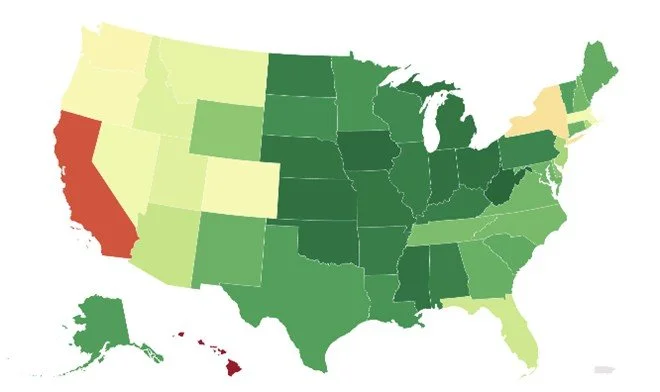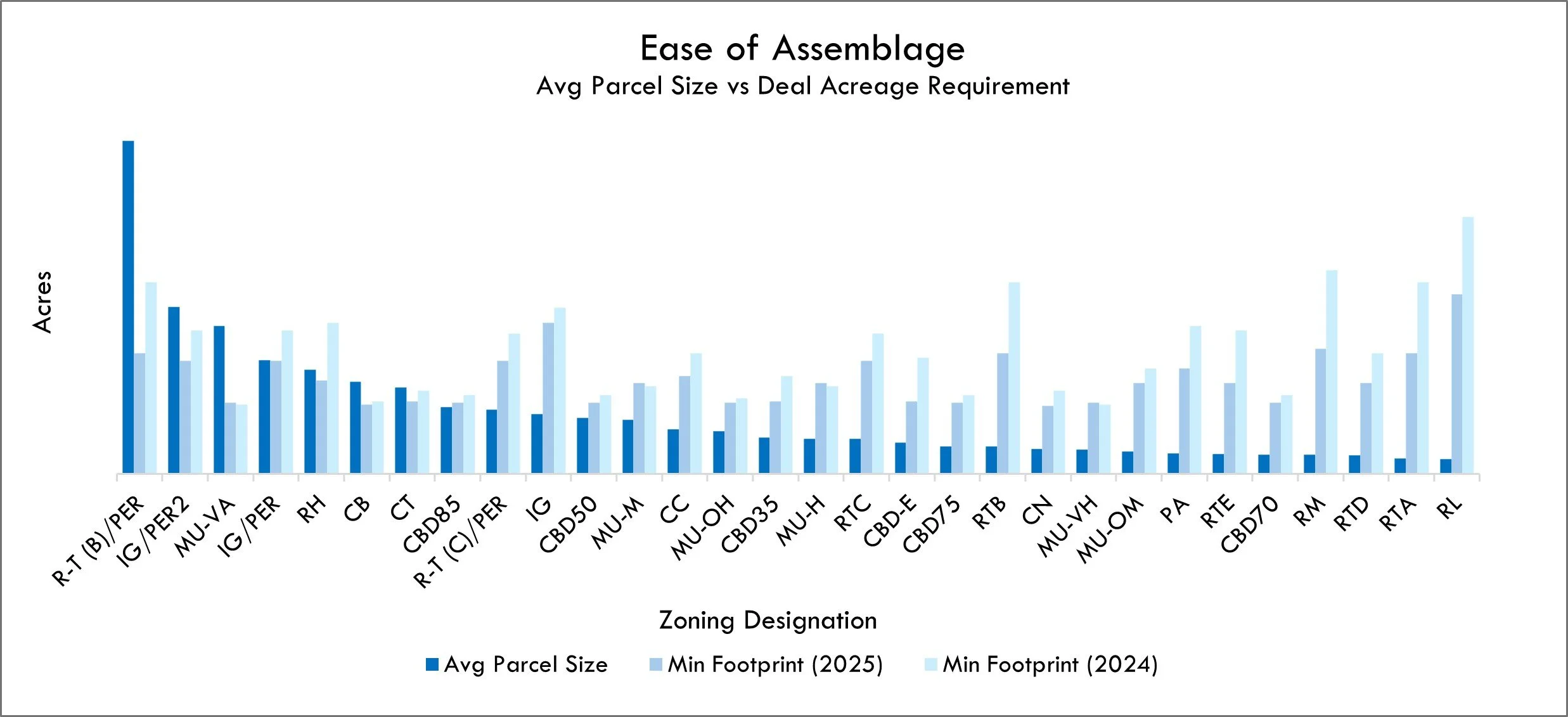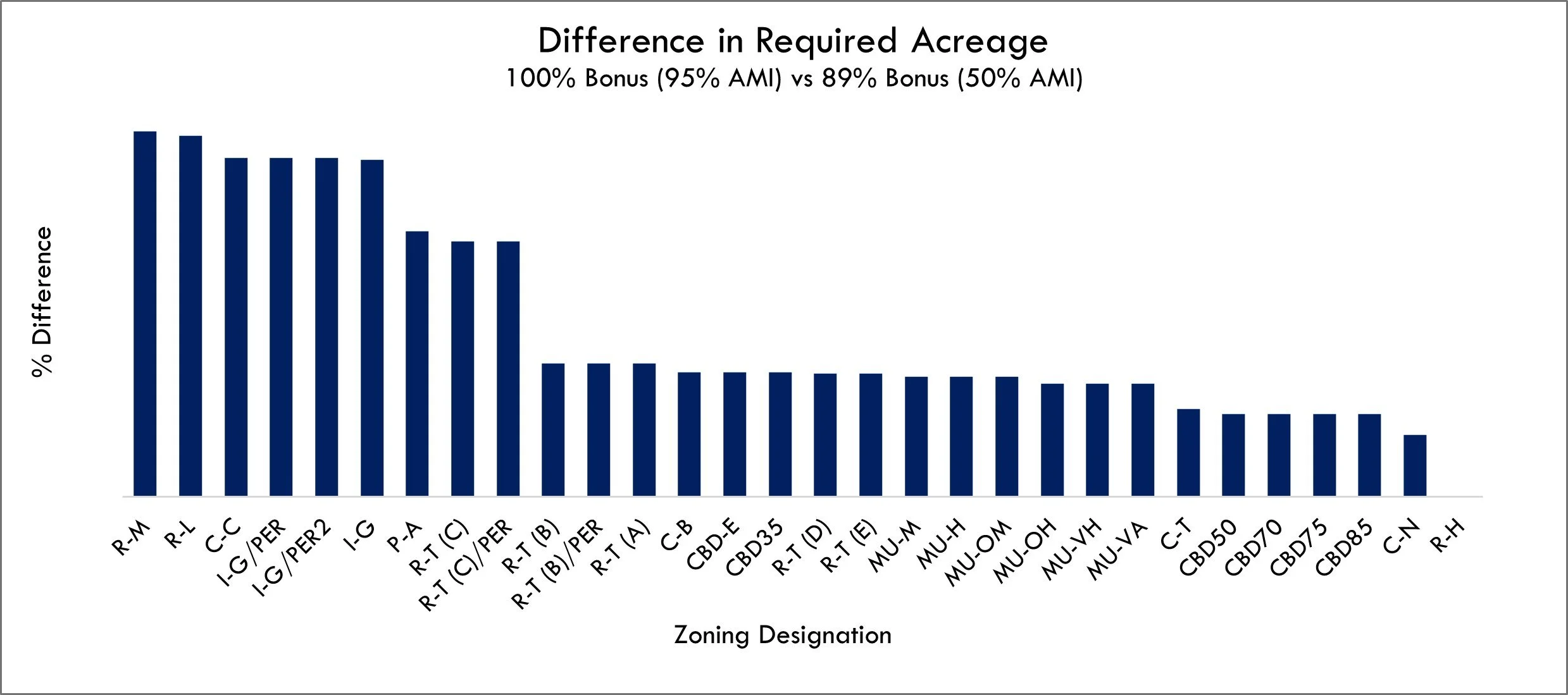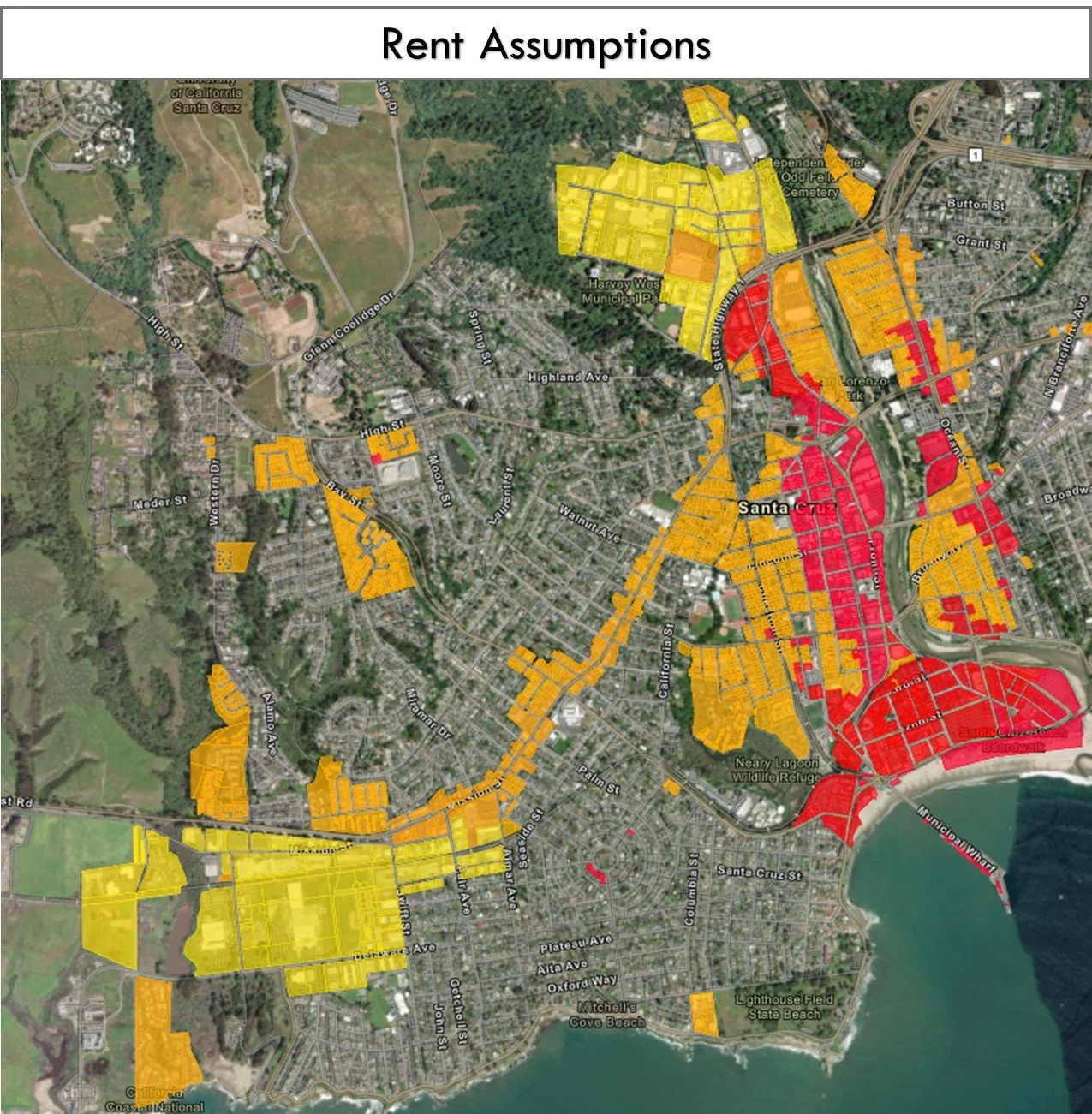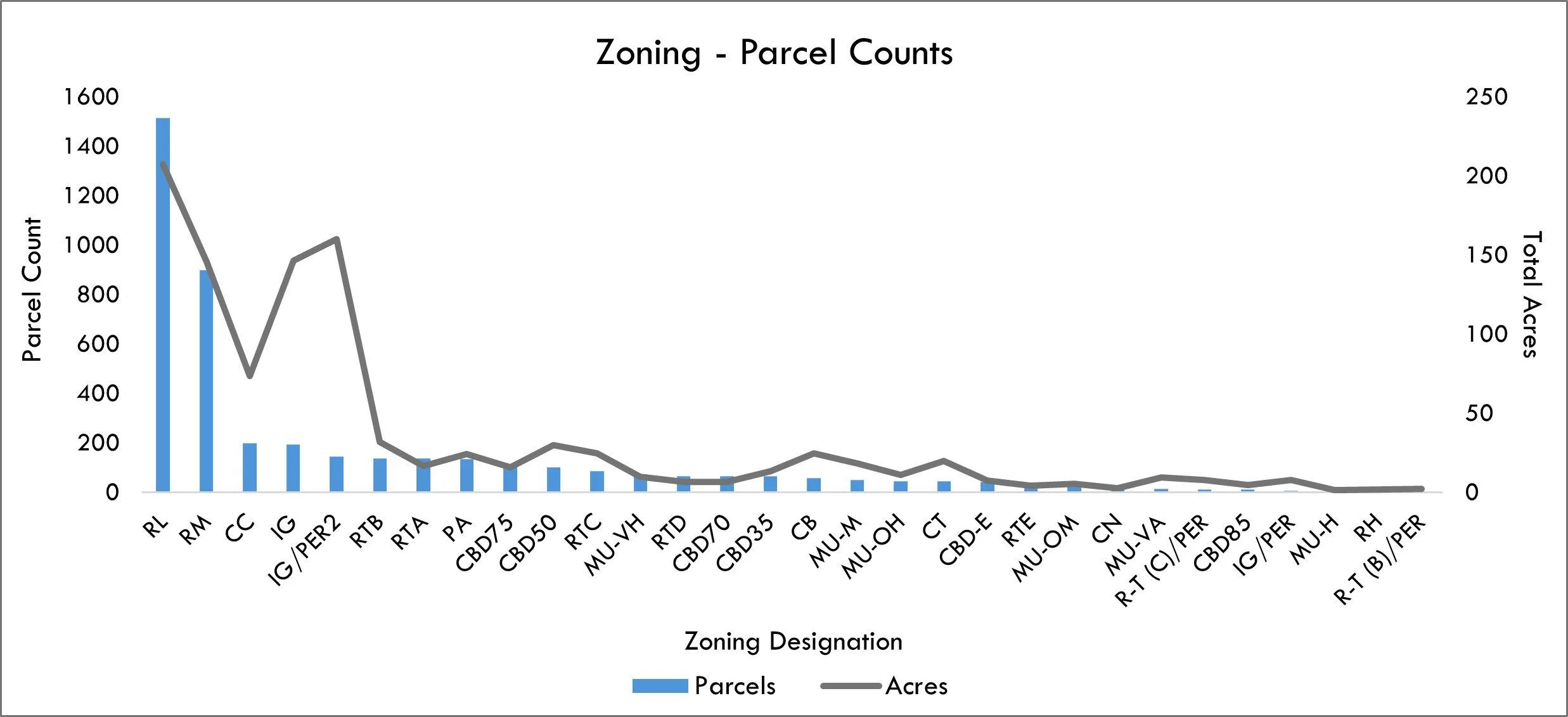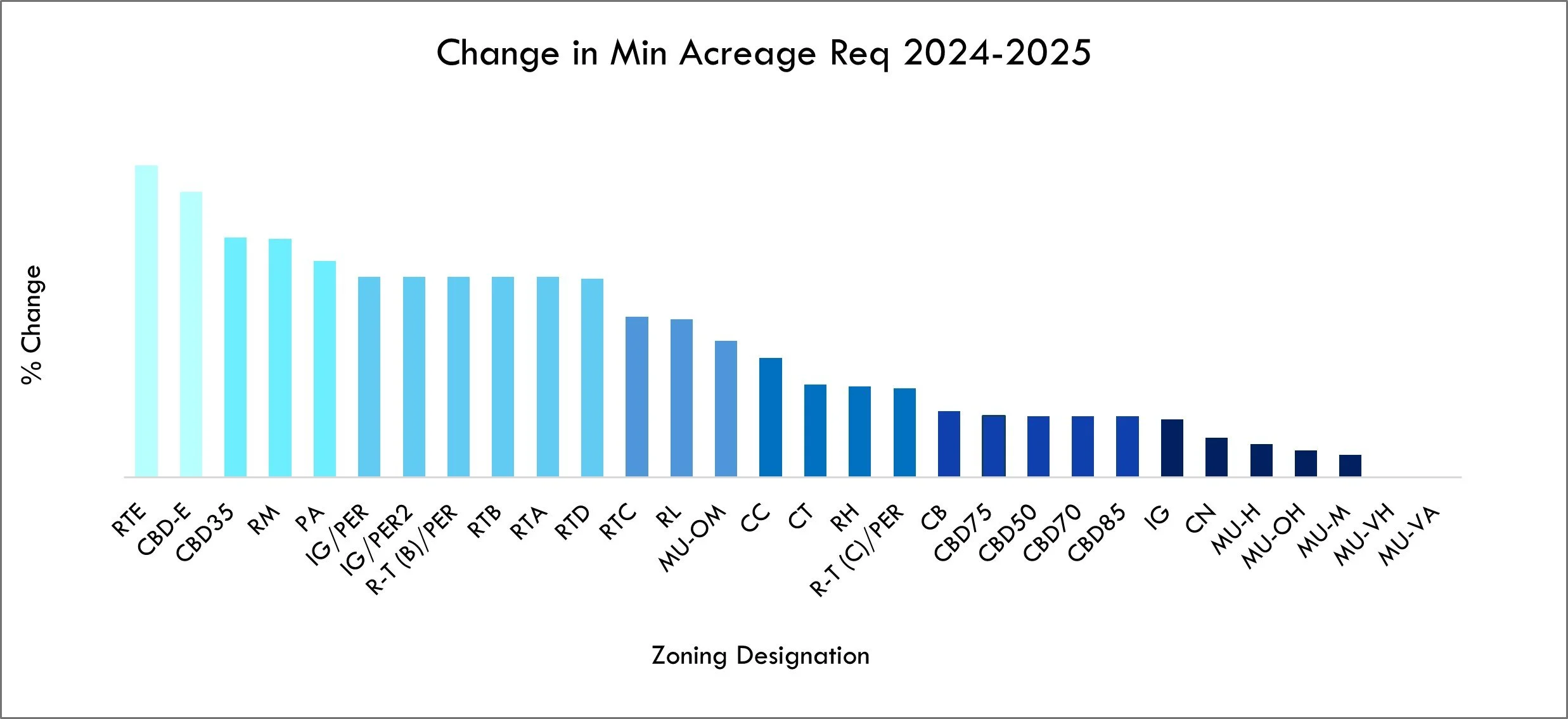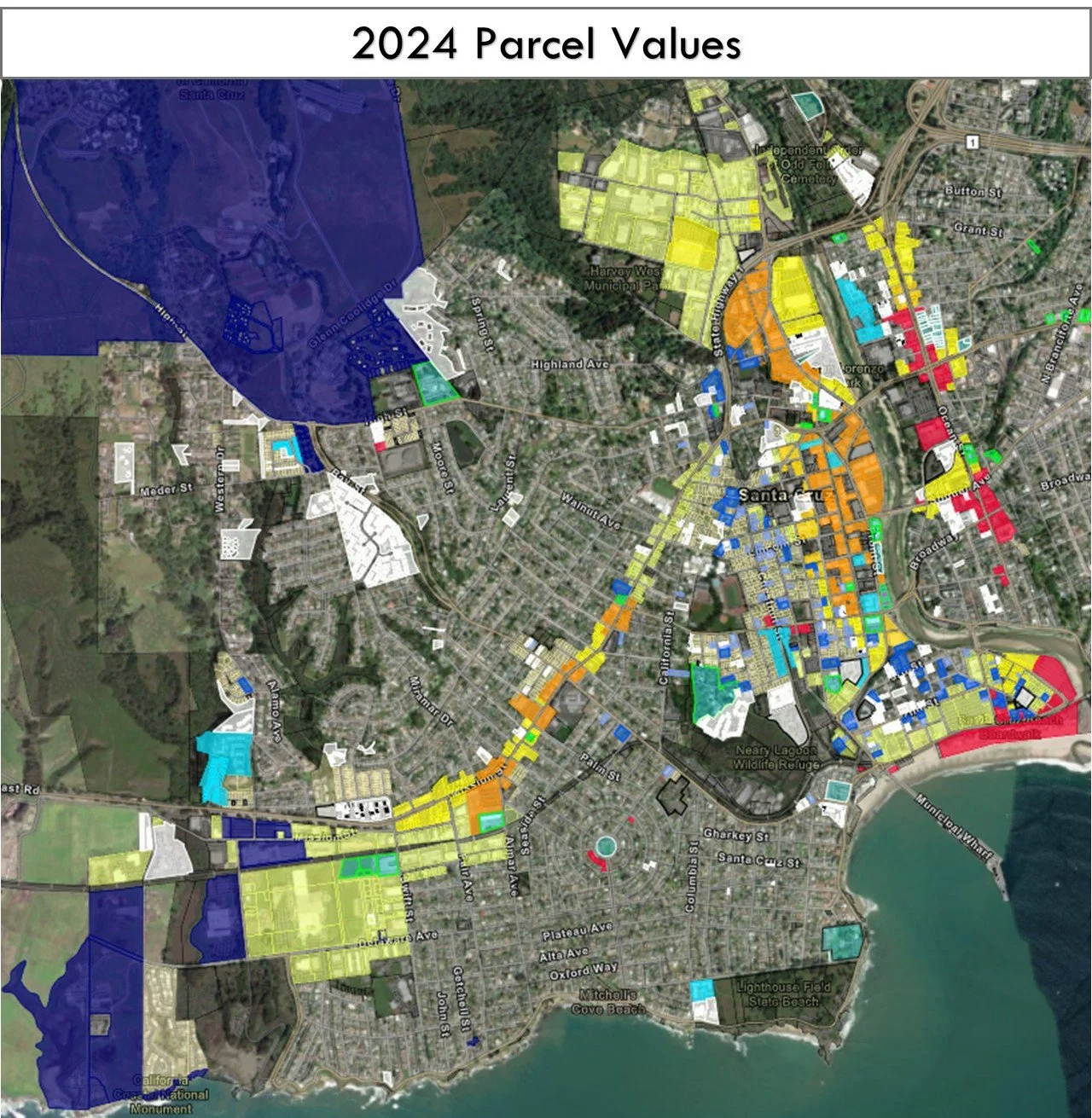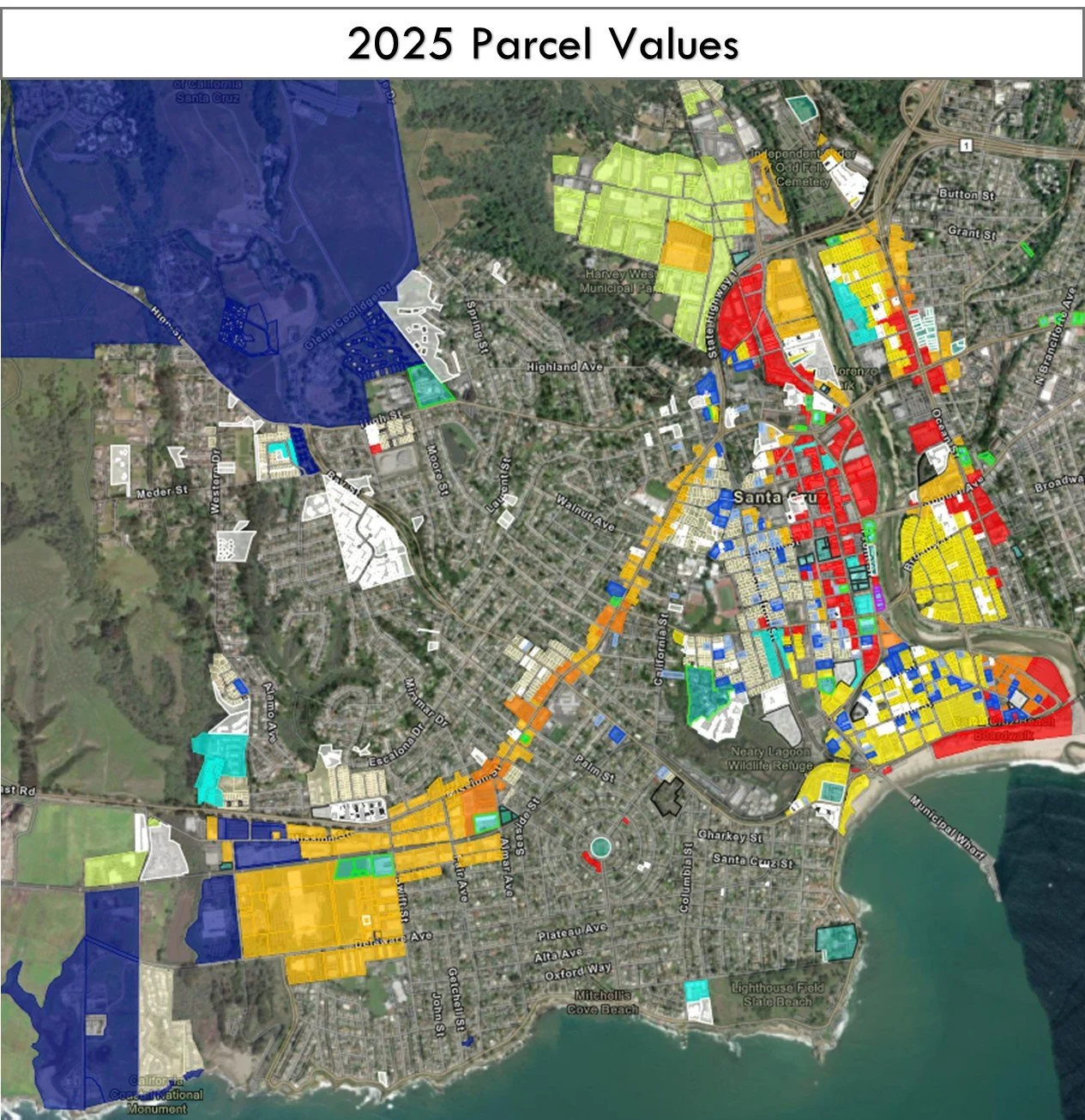Having worked on a number of large West Coast projects, I wanted to to add a section to discuss the unique opportunity emerging from the current housing crisis along the Pacific coast. The map above is a Newsweek illustration taken from a 2025 article on housing shortages across the U.S. As many “development friendly” markets deal with supply shock, there is no region with more immediate opportunity for housing development than California.
Considered unnecessarily risky and complex by many national investment teams, the state of California has gone to extreme lengths since 2019 to stimulate housing development by producing legislative initiatives to incentivize and protect developers. After six years of refinement, density is finally being generated in highly desirable markets that have been known to torpedo large projects for decades.
Most investors and developers who have explored California markets are aware of the broad changes since 2019, but few firms have taken the time to fully appreciate the value created in 2025. In Santa Cruz, for example, there is only one market rate project in the development pipeline utilizing a density bonus over the previous 2023 maximum of 50%. Firms have not yet taken the proper steps to fully understand the most recent wave of legislative value creation.
